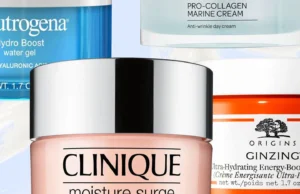Research developing for new acne vaccine
Vaccinations, while debated, have been known to immensely benefit the human race as a whole, eradicating diseases such as polio and smallpox. Next up on the list may be acne.
The University of California San Diego has recently signed a contract with one of the largest vaccine companies in the world, Sanofi-Pasteur, to develop a new approach to a common issue facing teenagers across the globe.
Even though hopes are high for the vaccine, it has little known effects on acne and is still in testing and developing stages.
Getting to the root of acne is something that the general public has been interested in for years. A pimple’s story begins in the pore, tiny spaces in the skin where dirt and oil can become clogged.
Naturally, pores have bacteria living inside of them, which are rarely harmful to an organism. However, then the pore gets clogged, the bacteria quickly use up the oxygen, and it has no place else to turn but to the blood in a human. It digs through the skin until it reaches the oxygen rich blood, which causes an immune system response. This leads to the inflammation commonly referred to as a pimple.
The main bacteria that can be attributed to this process is called P. acnes. Common treatments now use chemicals to try and kill the bacteria living inside the pores. However, this can lead to skin irritation and antibiotic resistant strains of P. acnes.
The test at University of California San Diego put live P. acnes samples into numerous mice. The bacteria was found to cause ear inflammation in the mice. By using a simple nasal spray containing dead P. acnes bacteria into the mice, the ear inflammation was reduced significantly.
In a second experiment, the lab tried to focus on using a protein called CAMP, which is used by P. acnes to kill surrounding cells and trigger infections. By using young daikon radishes, which develop CAMP naturally, and spraying ground-up leaves into the noses of mice, they were found to have antibodies to P. acnes.
But while it sounds great in theory, there are a couple faults. First, the P. acnes bacteria is not usually present in common lab animals. This makes it hard to determine what would happen to an organism that does originally have this bacteria. Second, it is not yet sure if the CAMP approach also causes the resistant bacteria or not, which could put the lab back to square one.









You must be logged in to post a comment Login